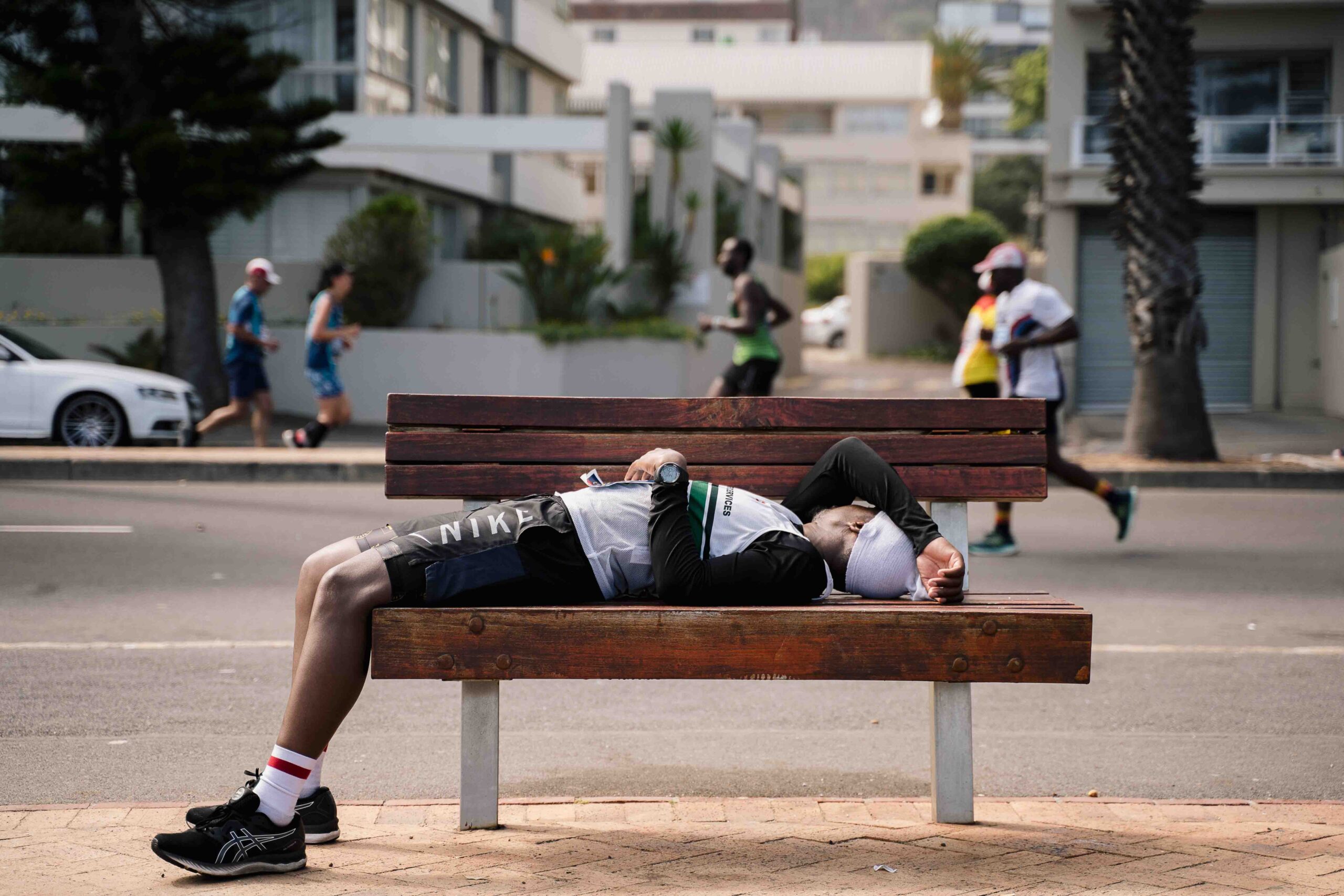How to Adjust Your Marathon Training Schedule
Life can get in the way of your training. Here’s what to prioritise so you can stay on track to hit your 42.2 goal.
For most people, training for a marathon means more time and mental energy devoted to running. If that’s true for you, don’t set an ambitious marathon goal when you know the rest of your life will be busier than usual. Once you’ve picked your marathon and have decided how long you’ll prepare for it, try to anticipate and eliminate factors that would significantly interfere with your training.
But what about a real-life interruption that lasts longer? What if a family matter or unexpected work crunch goes on for a couple of weeks? What if you’re on vacation and find you can’t do all of your planned training? What can you do to meet your responsibilities but also stay on track for your marathon?
The best solution: Carve out time for three key runs per week. What types of runs should those be? That depends on where you are in your training programme and what your goal is for the marathon.
If your primary goal for your marathon is to finish regardless of time, do your best to get in the longest run planned each week. Doing so will continue to build your endurance, which is key to covering 42.2 kilometres. For the other two running days of these time-crunch weeks, do the other longest runs called for on your schedule.
An exception would be if your three running days that week will be consecutive. In that case, do a short, easy run on the days before and after your long run. If your long run occurs on the first of three consecutive days available for running, jog a few kays the day after it, and then do the second longest run of that week two days after the long run.
If you’re following a more intensive programme with the goal of finishing the marathon in a certain time, your best approach is a little more complicated. Let’s look at these situations in more detail below.

What to do depends on where you are
A good marathon training programme will usually be divided into five blocks. The first training block will focus on increasing distance and long runs to improve pure endurance. This will likely be the longest training block in the programme. The second training block will focus on improving lactate threshold, with further improvement of pure endurance as a secondary objective. The third training block will focus on race preparation and will include tune-up races. The fourth training block will include a three-week taper and the marathon. The fifth and final training block will consist of several weeks of well-earned recovery.
✅ Training Block Priorities
- Improving Pure Endurance (Weeks 1-5)
- Improving Lactate Threshold and Endurance (Weeks 6-9)
- Race Prep (Weeks 10-13)
- Taper (Weeks 14-16)
- Recovery
Leading into your race, deciding which runs to prioritise is straightforward — focus on those that most contribute to meeting the goal of that training block. Here’s what that might look like for each block, based on three runs per week for roughly a two-week period. The runs are listed in descending order of importance for that period. If you absolutely can’t fit in three runs in that week, skip the lower-priority ones first.
Block 1: Improving Pure Endurance:
- Long run at a conversational pace
- Run that’s 50-70 percent as long as your long run, with the last half of the run at marathon race pace
- Run at conversational pace that’s 50-70 percent as long as your long run
Block 2: Improving Lactate Threshold and Endurance:
- Tempo run of 6-10km at half marathon race pace, plus warm-up and cool-down
- Long run at conversational pace
- Run at conversational pace that’s 50-70 percent as long as your long run
Block 3/Race Preparation:
- Race or time trial of 10K to half marathon
- Run of 16-25 kilometres, with the last half of the run at marathon race pace
- Long run at conversational pace
Block 4/Taper:
- Workout of 3 x 1km at 5K race pace with 400-metre jog between repeats, plus warm-up and cool-down
- Run of 16-20 kilometres, mostly at conversational pace except the last 3-5 kilometres at marathon race pace
- Race day dress rehearsal: 8-11 kilometres, including middle 3 kilometres at marathon race pace, in the shoes and clothes you’ll wear on race day
Of course, you’ll want to follow basic training principles in implementing this general advice. Recovery from hard efforts remains important even if you’re temporarily running fewer days per week and less overall distance. If possible, allow a non-running day between the three runs per week listed above. If that’s not possible, do the two most important runs listed above for each block, with a short, easy run between them as your third run of the week.
After this time-crunch period, you should be able to return to your original training schedule without interruption.
READ MORE ON: marathon tapering marathon training training plan

